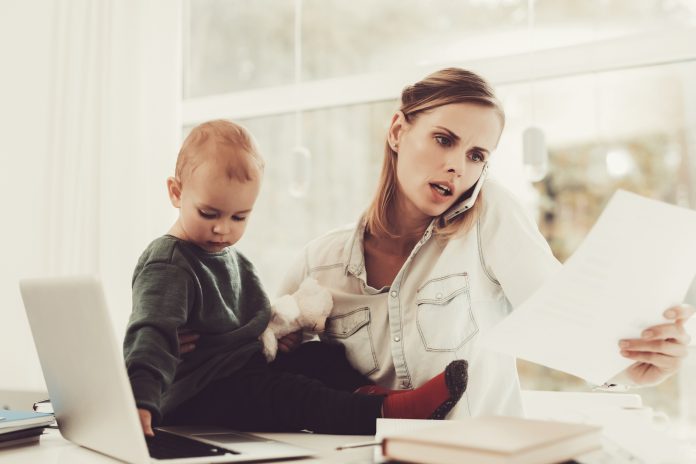Instant Offices have looked at which countries have the most progressive approaches into maternity leave around the world
With studies concluding almost as many women with children (74.1%) participated in the labour force as women without, in 2014, women who are juggling careers and motherhood benefit from flexibility at work the most.
Recent research from Catalyst shows Women account for 40% or more of the total labour force in several countries, making flexible working hours, extended maternal leave, breastfeeding rooms, free education and free healthcare just a few of the ways that some countries build the best working environments for mothers.
With a focus on better gender-balance in the workplace, Instant Offices have looked at countries with the most progressive approaches into maternity, and general parental leave around the world, including additional benefits encouraging mothers to be comfortable and engaged at work before, during and after pregnancy.
The results: European countries are some of the most progressive for maternity leave and benefits for working mothers.
Countries with the Most Maternity Leave
| COUNTRY | DAYS | WAGES PAID |
| SWEDEN | 480 | 80% up to 390 days |
| NORWAY | 400+ | 80-100% |
| CROATIA | 365+ | 100% |
| UK | 365 | 90% first six weeks |
| SERBIA | 365 | 100% |
Sweden – Provides 480 days of maternity leave
Sweden offers one of the most progressive working environments for parents, which exceeds international standards. Parents are entitled to up to 80% of their regular pay for 390 of the 480 days of maternity leave provided, while mothers in jobs that require heavy lifting, or more risky work are also entitled to take time off earlier during their pregnancy.
Each parent
- Receives 240 of 480 days of paid parental leave
- Is entitled to 90 days exclusively for him or her
- Has the right to shorten their work hours by up to 25% until the child turns eight (although only being paid for the time worked)
Norway – Offers 49 weeks with 100% pay or 59 weeks with 80% pay
Mastering the art of the work-life balance, the Norwegian Parliament decided to increase the quota of paternity and maternity leave for new parents in 2018. Parents now reive 49 weeks of leave at 100% pay or 59 weeks at 80%
Croatia – Offers a year of paid maternity leave with 100% pay
In addition to a year of being able to bond with your new-born, full paid parental leave is available for 120 days in Croatia.
The country’s protective attitude towards mother’s at work has ensured there are laws in place to ensure:
- Workers who are expecting are provided with free ante and post-natal medical care
- Mothers have breastfeeding breaks of over an hour until the child is a year old
- Workers are protected from dismissals during pregnancy and maternity leave
The UK – Required to offer one year of leave to new mothers
Receiving 90% of their original pay new mothers are legally allowed up to 52 weeks of maternity leave:
- Ordinary Maternity Leave – first 26 weeks
- Additional Maternity Leave – last 26 weeks
- You may be entitled to take some of your leave as shared parental leave, although this must be taken within the first year after your child is born
Serbia
Mothers in Serbia are entitled to 20 weeks of leave at full pay after giving birth, with an additional year after that, however lowering over time:
- For the first 26 weeks – 100% pay
- Weeks 27 – 39 – 60% pay
- Weeks 40 – 52 – 30% pay
On the other end of the scale, some of the countries with the shortest maternity leave/least benefits include:
Philippines – Previously only six weeks, the Philippines has recently extended the law for paid maternity leave to 105 days.
Australia – Although mothers can receive up to 18 weeks of leave, it is paid at the national minimum wage.
United States – The law most women rely on is the Family and Medical Leave Act (FMLA) which protects women’s jobs for up to 12 weeks after childbirth or adoption, however, it doesn’t guarantee to pay for the time off.
Maternity leave and the gender pay gap
Research by the National Bureau of Economic Research reveals a sharp drop in women’s earning after maternity leave, with no decrease in salary for men. The study also showed, from the birth of their first child, women end up making 20% less than men throughout their career.
In Denmark, childbearing accounts for 80% of the gender wage gap, as women move to more flexible hours with fewer hours and lower wages once they’ve had children; versus men whose careers go mostly unchanged.
With many European countries moving towards better equality around parental leave, men are more encouraged to take time off after the birth of their child, and policies which bring more equity to the workforce are growing as a trend.











